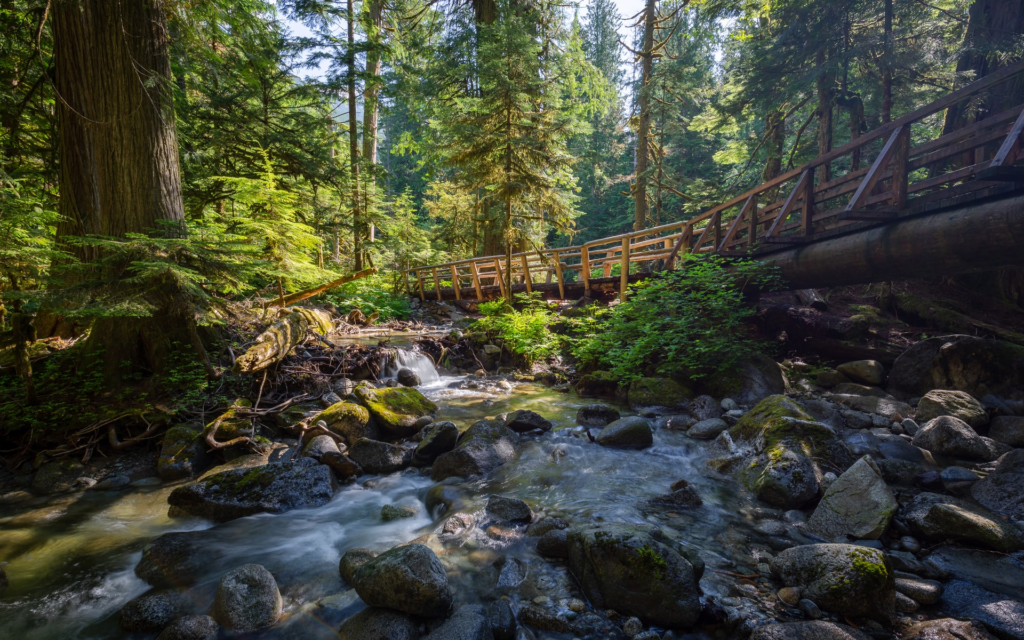(par 4.2.4 ) Types of Riparian Areas – Is it Lentic or Lotic?

Types of Riparian Areas – Is it Lentic or Lotic? http://articles.extension.org/pages/62491/types-of-riparian-areas-is-it-lentic-or-lotic Written by Mindy Pratt, Utah State University Lentic or Lotic? The water of riparian areas makes them different from the adjacent terrestrial uplands. Water bodies can be natural such as streams, rivers, or lakes, or they can be man-made such as ditches, canals, ponds, […]
(par 4.2.4.2.2) River ecosystem (taken from Wikipedia)

ttp://en.wikipedia.org/wiki/River_ecosystem From Wikipedia, the free encyclopedia This stream in the redwoods together with its environment can be thought of as forming a river or lotic ecosystem The ecosystem of a river is the river viewed as a system operating in its natural environment, and includes biotic (living) interactions amongst plants, animals and micro-organisms, as well as abiotic(nonliving) physical and chemical interactions.[1][2] River ecosystems are prime […]
(par 4.2.4.2.1.2) Groundwater recharge (taken from Wikipedia)

From Wikipedia, the free encyclopedia https://en.wikipedia.org/wiki/Groundwater_recharge Water balance Groundwater recharge or deep drainage or deep percolation is a hydrologic process where water moves downward from surface water to groundwater. This process usually occurs in the vadose zone below plant roots and is often expressed as a flux to the water table surface. Recharge occurs both naturally (through the water cycle) and through anthropogenic processes (i.e., “artificial groundwater recharge”), where rainwater and or reclaimed water is routed to the […]
